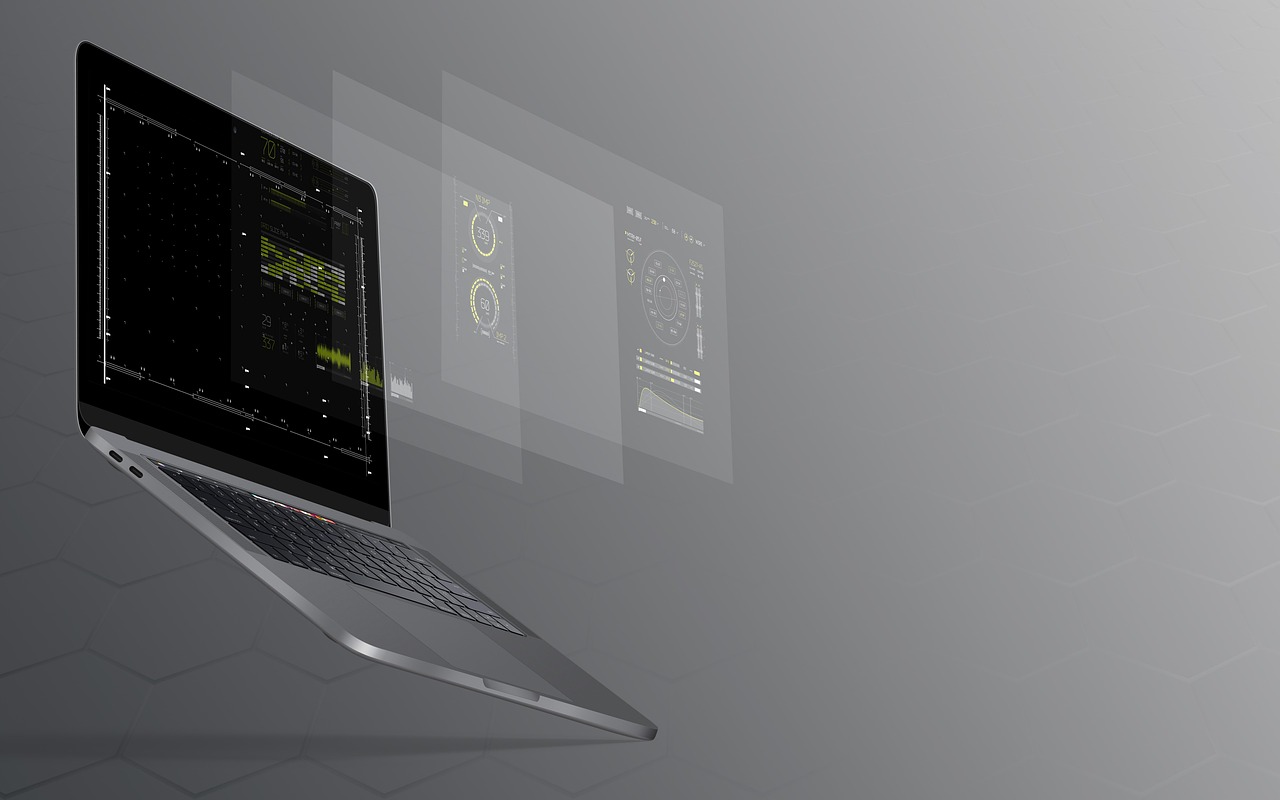What Is Endpoint Management In Managed IT Services?
Endpoint management is a crucial aspect of managed IT services that focuses on maintaining and securing all the devices, or endpoints, within an organization’s network. From desktop computers and laptops to smartphones and tablets, these endpoints are essential for daily operations. This article explores the importance of endpoint management and how it helps businesses ensure the efficiency, security, and reliability of their IT infrastructure, enhancing overall productivity and minimizing potential risks.
What is Endpoint Management?
Endpoint management is a crucial aspect of managed IT services that involves the monitoring, maintenance, and optimization of all devices and endpoints within an organization’s network. These endpoints can include desktop computers, laptops, mobile devices, servers, and even Internet of Things (IoT) devices. The goal of endpoint management is to ensure that all endpoints are secure, up-to-date, and properly configured to meet the organization’s needs.
Definition of Endpoint Management
Endpoint management can be defined as the process of managing and securing all the devices and endpoints within an organization’s network infrastructure. This includes deploying security measures, monitoring the performance and health of endpoints, configuring and patching devices, and enforcing policies to ensure the overall security and efficiency of the network.
Importance of Endpoint Management
Endpoint management plays a vital role in maintaining the overall security and efficiency of an organization’s IT infrastructure. With the increasing reliance on technology in today’s business world, the number of endpoints has grown exponentially, making it more challenging to manage and secure each device. Endpoint management helps address these challenges by providing centralized control and visibility over all endpoints, ensuring that they are properly secured, and preventing potential security incidents.
Key Components of Endpoint Management
Endpoint Security
Endpoint security is one of the critical components of endpoint management. It involves implementing effective security measures to protect each device from unauthorized access, malware, ransomware, and other cybersecurity threats. This may include deploying antivirus and anti-malware software, utilizing firewalls, implementing strong access controls, and encrypting sensitive data.
Endpoint Monitoring and Maintenance
Endpoint monitoring and maintenance are essential to ensure the optimal performance and health of each device. Through continuous monitoring, IT teams can detect any issues or anomalies in real-time, allowing them to take immediate action to resolve them. Regular maintenance tasks, such as software updates, hardware upgrades, and system optimization, are also performed to keep the devices running smoothly and efficiently.
Endpoint Configuration Management
Endpoint configuration management involves ensuring that all endpoints within the network are properly configured and aligned with the organization’s policies and standards. This includes tasks such as user management, software and application deployments, and device configurations. Enforcing standardized configurations across all endpoints helps minimize vulnerabilities and ensure consistency and compliance.
Endpoint Patch Management
Patch management is the process of applying software updates, patches, and fixes to address vulnerabilities and bugs in both the operating system and installed applications. Endpoint patch management is crucial to minimize the risk of exploits and attacks targeting these vulnerabilities. Through automated patch management systems, IT teams can ensure that all endpoints are regularly updated with the latest patches, reducing potential security risks.
Benefits of Endpoint Management
Enhanced Security
By implementing endpoint management strategies, organizations can significantly enhance their overall security posture. With comprehensive endpoint security measures in place, the risk of unauthorized access, data breaches, and malware infections can be greatly reduced. Monitoring endpoints in real-time also allows for the early detection and response to potential security incidents, minimizing the damage caused.
Increased Efficiency
Endpoint management improves the efficiency of an organization’s IT operations by providing centralized control and automation. Through automated patch management, software deployments, and proactive monitoring, IT teams can save time and effort in manually managing each device. It also allows for streamlined troubleshooting and issue resolution, leading to improved productivity and reduced downtime for end-users.
Cost Reduction
Proper endpoint management can lead to significant cost savings for organizations. By implementing proactive monitoring and maintenance, potential issues can be identified and resolved before they escalate into more significant problems that require costly repairs or replacements. Additionally, effective endpoint security measures can help prevent costly data breaches and the subsequent legal and financial consequences.
Challenges in Endpoint Management
BYOD (Bring Your Own Device) Policies
The rise of BYOD policies has introduced additional complexities in endpoint management. Allowing employees to use their personal devices for work purposes brings various security risks, as these devices may not have the same level of security controls as company-owned devices. IT teams must carefully manage and secure these endpoints, ensuring that they do not introduce vulnerabilities or compromise the organization’s data.
Data Protection and Privacy
With the increasing amount of sensitive data being stored and accessed through endpoints, data protection and privacy have become major concerns in endpoint management. It is crucial to implement robust encryption measures, access controls, and data loss prevention strategies to safeguard confidential information from unauthorized access, theft, or leakage.
Integration and Compatibility Issues
Managing and securing a diverse range of endpoints can be challenging due to the wide variety of devices, operating systems, and applications in use. Ensuring compatibility and seamless integration between different endpoint management tools and the existing IT infrastructure can be complex and time-consuming. IT teams must carefully evaluate tools and solutions that offer interoperability and ease of use to overcome these challenges.
Best Practices for Endpoint Management
Implementing a Comprehensive Security Strategy
A comprehensive security strategy is the foundation of effective endpoint management. It should include robust security measures such as antivirus software, firewalls, encryption, and access controls. Regular vulnerability assessments and penetration testing can help identify potential weaknesses and further strengthen security defenses.
Regularly Monitoring and Updating Endpoints
Continuous monitoring of endpoints is crucial to identify any security incidents, performance issues, or potential vulnerabilities. This can be achieved through real-time monitoring tools that provide insights into the health and activity of each device. Regularly updating endpoints with the latest patches, software updates, and firmware upgrades is also essential to mitigate potential security risks.
Automating Patch Management
Manually applying patches to each endpoint can be time-consuming and error-prone. Automating the patch management process helps ensure that all devices receive timely updates without impacting end-user productivity. Patch management tools can automate the detection, deployment, and verification of patches, reducing the window of vulnerability and minimizing the workload on IT teams.
Implementing BYOD Policies and Security Measures
To address the challenges of BYOD policies, organizations should implement clear guidelines and security measures for personal devices used for work purposes. This may include password policies, device registration, and mobile device management solutions. Educating employees about the importance of device security and providing training on safe online practices can also help mitigate risks.
Endpoint Management Tools
Antivirus/Anti-malware Software
Antivirus and anti-malware software are essential tools for endpoint management. They help protect endpoints from known threats, detect and remove malware, and provide real-time scanning and threat detection capabilities. It is crucial to choose reputable software that offers regular updates and robust security features.
Endpoint Configuration Management Tools
Endpoint configuration management tools enable IT teams to streamline device configurations, software deployments, and policy enforcement. These tools provide centralized control, ensuring standardized configurations across all endpoints. They also offer efficient inventory management and reporting capabilities, facilitating asset tracking and compliance management.
Endpoint Monitoring and Maintenance Tools
Endpoint monitoring and maintenance tools provide real-time visibility into the performance, health, and security of endpoints. These tools enable proactive monitoring and alerting, allowing IT teams to quickly identify and address any issues. They also assist in performance optimization, software asset management, and remote troubleshooting, leading to enhanced efficiency and reduced downtime.
In conclusion, endpoint management is an integral part of managed IT services that encompasses the monitoring, maintenance, and optimization of all devices and endpoints within an organization’s network. By implementing effective endpoint security measures, regular monitoring and maintenance, and utilizing comprehensive tools, organizations can enhance their overall security, increase efficiency, and reduce costs. Despite the challenges posed by BYOD policies, data protection, and compatibility issues, following best practices and leveraging appropriate endpoint management tools can help organizations overcome these challenges and achieve robust endpoint management.








